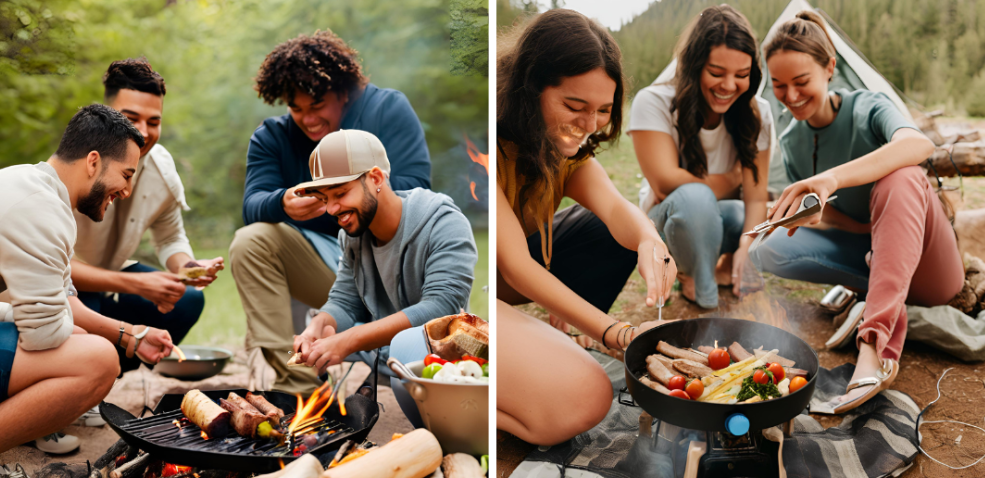
As an avid camper, one of the perennial debates revolves around the choice between cooking with a camping stove or opting for the traditional campfire. There’s a nostalgic charm tied to campfire cooking that you simply can’t replicate with modern gadgets. The crackling flames, the smoky aroma, and the radiant warmth take us back to a simpler time. When we cook over an open fire, we’re not just preparing a meal; we’re participating in a ritual that’s been passed down through generations.
I’m going to talk about the unique benefits that campfire cooking brings to the table–quite literally. There’s an ambiance and an experience associated with it that makes campfire meals memorable. Picture this: a group of friends gathered around a roaring fire, sharing stories and laughs, with stars twinkling overhead. That’s not just eating; that’s an event!
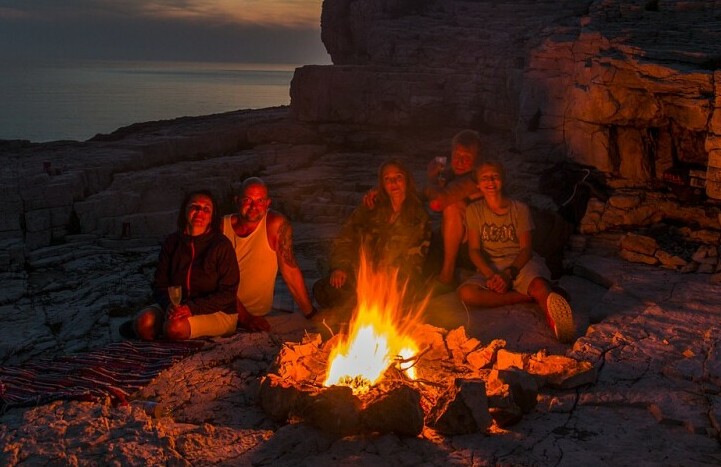
Campfire cooking isn’t just about the aesthetics; it’s also about immersion. Using a campfire feels like a bridge to nature, an homage to the outdoors. It’s a skill that ties to traditional camping practices and survival techniques, instilling a sense of accomplishment when you’ve successfully cooked a meal as our ancestors once did.
And let’s not forget the sheer versatility in cooking that a campfire offers. You’re going to find out about the wide range of culinary styles that are doable over an open flame–roasting marshmallows and hot dogs, sure, but also preparing foil-wrapped treats, simmering stews in Dutch ovens, and even baking. A campfire is a multi-functional kitchen if you know how to use it.
That said, campfire cooking comes with considerations deeply rooted in environmental impact and safety. Forest fires are a real concern, and the overuse of firewood can have lasting effects on the ecosystem. Plus, many campsites have restrictions that can inhibit the full campfire experience.
Moving on to our next section, I’ll be discussing camping stoves–the contemporary counterpart to the campfire. Stoves have become a staple for campers who prioritize practicality and convenience. But rest assured, switching to a camping stove doesn’t mean you have to forego the enjoyment of outdoor cooking altogether.
Camping Stove: Modern Convenience Outdoors

I’m going to break down the reasons why many campers are singing the praises of the camping stove.
That’s going to include the ease of use that has transformed outdoor cooking for countless adventurers. Imagine you’ve just hiked for hours, and now you can have a meal ready in no time, without the wait of building a fire.
You’re going to be wanting to find out about the key advantages of using a camping stove, such as the ability to precisely control the cooking temperature which is a game-changer for dishes that require a delicate balance of heat.
I’ll discuss the camping stove’s minimal environmental footprint, too, given its efficient use of fuel and its lack of impact on the ground.
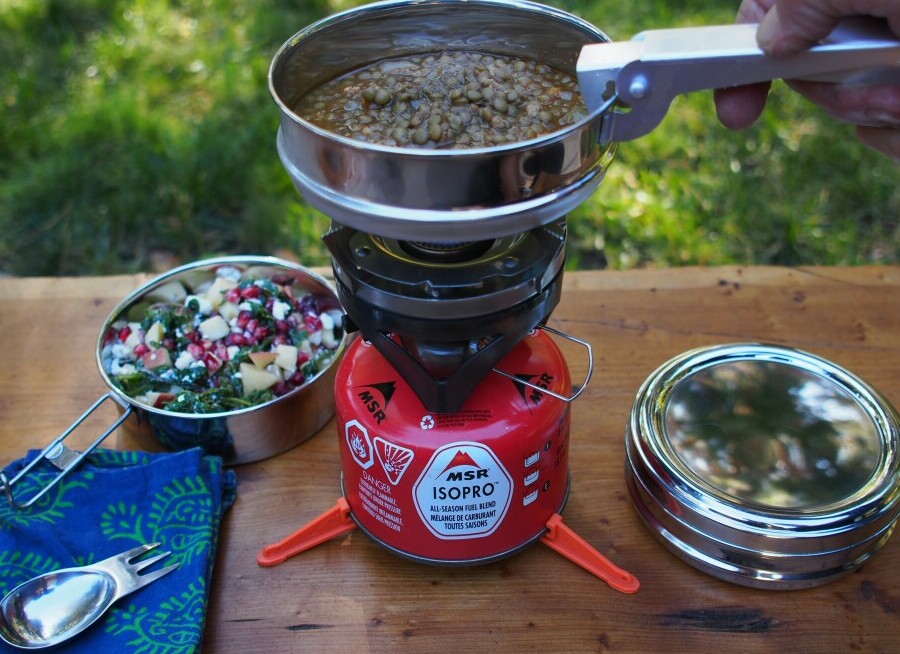
Don’t worry too much about leaving behind the rustic charm of a campfire. It’s important to recognize the trade-off between convenience and tradition, and choosing a camping stove doesn’t mean sacrificing the spirit of camping.
In my opinion, maintaining a camping stove is a breeze compared to a campfire. Stoves are more straightforward because they don’t leave residue like ash and charred wood, which can be a hassle to clean up.
Choose something that resonates with you. If you’re after practicality and a no-fuss approach, the stove might just become your new best friend in the wild.
Evaluating Factors to Decide Between Campfire and Camping Stove
I’m here to help you with a little decision-making. What’s going to work best for your camping kitchen, a campfire or a camping stove? Well, that’s going to include a bit of self-reflection and practical consideration.
First up, let’s talk about where you’re pitching your tent. Destination and local regulations are huge factors. You’re going to find out that some spots are a strict no-campfire zone, especially during dry spells or in environmentally sensitive areas. In contrast, a trusty camping stove usually gets the all-clear, as long as you handle it safely.
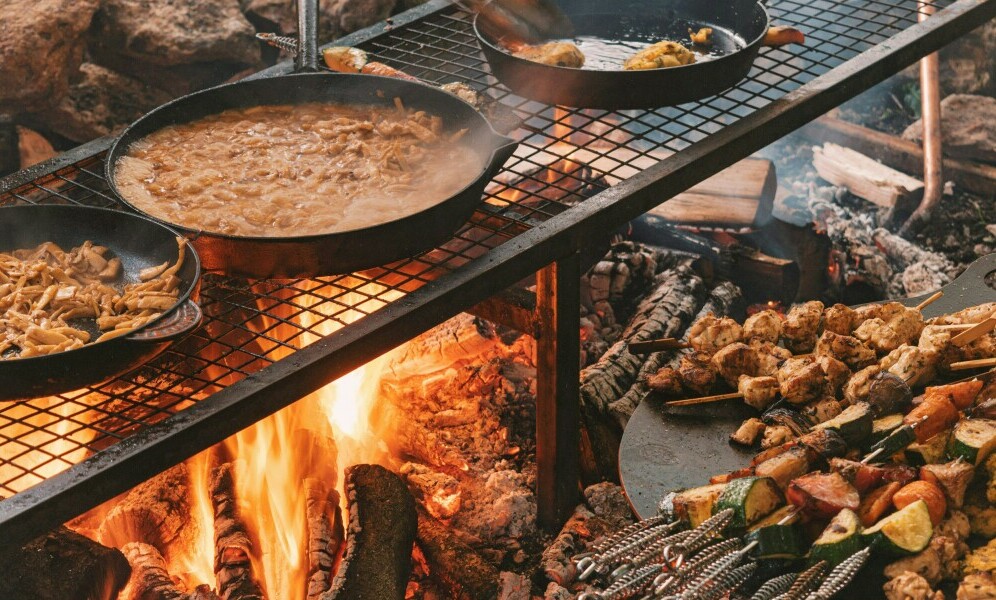
Now, consider your trip’s duration and the size of your group. If you’re in for the long haul or cooking for a crowd, a camping stove is a real workhorse. Quick boil times and easy heat management mean you won’t be spending hours tending to flames or waiting for water to simmer.
Don’t worry too much about the romanticism just yet. Cooking preferences should be a priority. Are you aiming for quick and convenient meals, or are you more into the slow-cooked, smoky flavors that only a campfire can provide? Choose something that resonates with you and meets your culinary expectations.
So, my question to you today is, what’s more important for your outdoor cooking experience? Efficient, predictable heat or the rustic joy of a campfire? Whichever way you lean, consider the impact on nature, laws in place, and the reality of your camping situation.
Embracing Your Choice: Campfire or Camping Stove?
So, you’ve looked at the ambiance and tradition of campfires, and weighed it against the convenience and practicality of camping stoves. You’ve considered the various factors: trip duration, culinary desires, and the size of your party. You’ve also been mindful about the environmental impact and local regulations. By now, you’re equipped with the knowledge to make an informed decision about which cooking method to adopt for your outdoor adventures.
Your preference for a campfire or a camping stove should also take into account the environmental ethics and the essence of the camping experience you’re aiming for. If a stove suits your needs for efficiency and a leave-no-trace philosophy, go for it. On the other hand, if a campfire’s allure is something you just can’t do without, and you’re in a responsibly managed environment, then stoke those flames with care.
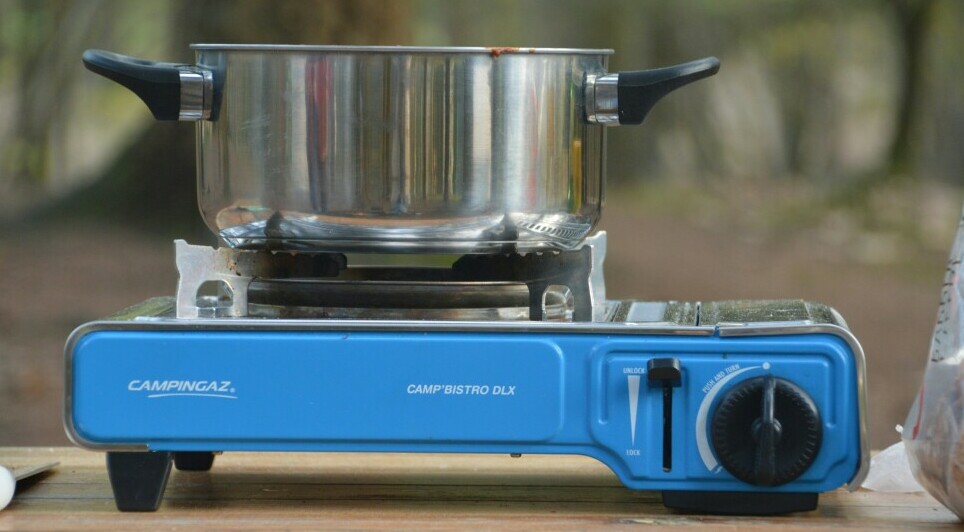
Don’t forget that your first choice isn’t set in stone. Each camping trip comes with its own set of circumstances that might lead you to alternate between a stove and a campfire. Whichever method you select, remember that both can offer gastronomic joy and a splendid opportunity to connect with nature and your fellow campers.
In essence, whether you’re toasting marshmallows over a gentle fire or brewing coffee on a stove as the sunrise paints the sky, the true joy of camping comes from the experiences you create. So go ahead, choose what resonates with you, and dive into the fullness of your outdoor culinary adventure. And remember, regardless of how you cook your meal under the open sky, the most important ingredient is the shared joy and camaraderie around the meal.
Happy camping!
Graham
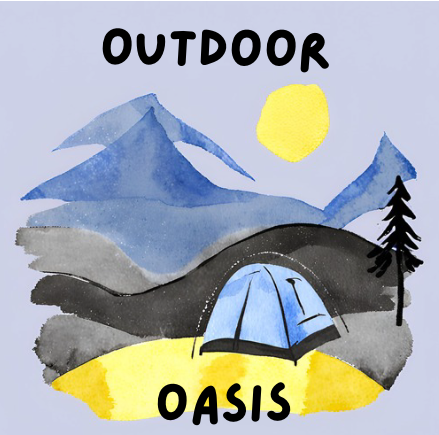
There is nothing better than sitting around a camp fire and watching the flames. And although many camp sites have restrictions on open fires, it is possible to have a camp fire and keep the environment safe, specially if you use something like a firepit to contain the fire.
Cooking potatoes and other vegetables in tin foil in the fire, it such a treat, as well as being healthy. A camping stove certainly has its merits, but when I can choose, a campfire is always my first choice. But do you think that using charcoal, rather than wood to cook over a campfire, is better for the environment? Thank you for sharing your knowledge.
Thank you for sharing your love for campfires and the joy of cooking over them! I completely agree, there’s something magical about sitting around a campfire and enjoying the warmth and ambiance it creates. Using a firepit is indeed a great way to contain the fire and minimize environmental impact, ensuring a safe and enjoyable experience for everyone.
Regarding your question about using charcoal versus wood for cooking over a campfire, it’s an interesting topic. While both have their pros and cons, charcoal generally produces less smoke and burns more cleanly than wood. This can contribute to reduced air pollution and less impact on the immediate surroundings of the campsite.
However, the environmental impact of charcoal production itself is something to consider. Charcoal is typically made from wood, which involves cutting down trees and using energy-intensive processes to convert the wood into charcoal. Therefore, it’s essential to use sustainably sourced charcoal and to be mindful of the overall environmental footprint.
Ultimately, whether you choose wood or charcoal, practicing responsible campfire etiquette—like using designated fire pits, properly extinguishing fires, and following any site-specific regulations—will help preserve the beauty of our natural environments for future generations to enjoy.
Happy camping and cooking over the fire! 🏕️🔥